BAe 146 Royal Air Force
Production Time 9 to 10 weeks
Shipment is by FedEx, UPS or DHL International Express Courier with a normal door-to-door delivery time worldwide of within 2-3 business days after dispatch. Due to the current volatility of world fuel prices, the amount mentioned here is our best estimate for DHL and UPS and may be subject to change at the time of shipping.

Model Description: BAe 146 Royal Air Force Wood Replica Scale Custom Model Aircraft
Manufacturer: British Aerospace (BAe)
Wingspan: 15.4 Inches (39.1 Centimeters)
Height: 5.1 Inches (13 Centimeters)
Scale: 1:67
Registration: ZE700
$239.50
Production Time 9 to 10 weeks
-
United States dollar ($)
-
Pound sterling (£)
-
Euro (€)
-
Australian dollar ($)
-
Canadian dollar ($)
-
Singapore dollar ($)
-
Swiss franc (CHF)
-
Japanese yen (¥)
-
Danish krone (kr.)
-
Hong Kong dollar ($)
-
Norwegian krone (kr)
-
Swedish krona (kr)
-
United Arab Emirates dirham (د.إ)
General Product Description
Our PlaneArt BAe 146 Royal Air Force model exhibits unique, unrivaled quality and detailed design to come as close as possible to the accuracy of the actual plane. It comes as standard with a robust, durable base or stand which is available in a variety of different finishes designed to match your own personal requirements including solid wood, wood with polished metal supports or adjustable wood wall mount and will be ready within about 9-10 weeks from placement of order.
The BAe 146 Royal Air Force model is made of the finest kiln dried renewable mahogany wood (commonly known as Lauan or Meranti) which has undergone many stages of carving and meticulous and careful sanding giving the beautiful, finished museum quality masterpiece. Many collectors and model connoisseurs demonstrate their preference for genuine handmade and hand painted mahogany wood models rather than plastic or die cast (diecast) alternatives due to the overall look and totally different feel of the item - we trust you will find the same. We can however, if required produce the same model in Solid Cast Resin so just click and contact us for further information. Our craftsmen and gifted artisans ensure that our finely handcrafted model airplanes match the precise blueprint details of the original aircraft. The paint scheme, markings and parts are closely matched, reflecting the original aircraft. This stylish top-quality desktop replica model will surely enthrall anyone who receives this as a gift and for sure one of the most appropriate and desirably collectable gifts for any aviation enthusiast or avid military jet aircraft collector whilst also displaying a perfect resemblance to the actual real life version.
There are many types of military jet aircraft, but the basic types are bombers, fighters, fighter bombers, spotter planes, transporters, patrol aircraft, trainers, and reconnaissance and observation aircraft. All these types of aircraft are used for different types of missions. If you're a fan of historic or present-day military aviation, our model aircraft will bring the excitement and character of these aircraft right into your own home.
If you require, we can also make the BAe 146 Royal Air Force model in any other military, government or even private livery or colour scheme you require and if necessary, in a different size or scale. Just click here to contact us with a description or photographs of what you require, and we will let you have a quotation for the necessary customization by return email. We can also make bespoke scale replicas of any other private / civil commercial airliner or airliners, helicopter, glider, gliders with engines, military propeller, warplane jets, biplane, triplane, tail fin, spacecraft, rocket or NASA model you require in any airline, military or civilian livery or colors. We also produce model airships, blimps, dirigibles, blimps, boats, and ship collectibles. Wall plaque or seal for military, government or private customers. Again, by clicking here to contact us just let us know exactly what you need.
The BAe 146 in the Royal Air Force: A Legacy of Versatility and Service
The BAe 146, a British short-haul airliner developed by British Aerospace, has carved out a unique niche in aviation history. Its role in the Royal Air Force (RAF) is particularly noteworthy, showcasing the aircraft’s versatility, reliability, and adaptability. From its initial design as a commercial airliner to its current role in military service, the BAe 146 has proven to be a valuable asset to the RAF.
Origins and Development:
The BAe 146 was initially conceived in the late 1970s as a regional airliner, designed to operate on short routes with high frequency. Its four-engine configuration, unusual for an aircraft of its size, was chosen to ensure safety and performance, particularly on short runways and in challenging conditions. The aircraft’s quiet operation, thanks to its high-bypass turbofan engines, made it a popular choice for airports in urban areas with strict noise regulations.
The aircraft first flew in 1981 and quickly became a success in the commercial sector, with airlines appreciating its reliability, fuel efficiency, and low noise levels. However, it was the aircraft’s potential for military and government roles that would eventually lead to its adoption by the RAF.
Introduction to the Royal Air Force:
The RAF began operating the BAe 146 in the early 2000s, initially acquiring two aircraft for the Queen’s Flight, providing VIP transport for members of the British Royal Family and senior government officials. These aircraft, designated as BAe 146 CC2s, were modified to include secure communications systems, additional fuel tanks for extended range, and luxurious interiors to cater to the needs of their high-profile passengers.
The RAF quickly recognized the versatility of the BAe 146, and its role expanded beyond VIP transport. The aircraft was adapted for various tasks, including personnel transport, medical evacuation, and tactical airlift missions. Its ability to operate from short, rough airstrips made it particularly useful in challenging environments, such as Afghanistan, where it supported operations with its combination of speed, agility, and ruggedness.
The Tactical Transport Workhorse:
In response to the RAF’s growing operational demands, the BAe 146 fleet was expanded in 2012 with the acquisition of two additional aircraft, designated as BAe 146 C3s. These aircraft were modified to carry up to 128 troops or freight and were equipped with a defensive aids suite to protect against surface-to-air missiles.
The BAe 146 C3 quickly became a vital component of the RAF’s tactical transport fleet, providing essential support during deployments in remote and hostile regions. Its ability to perform in adverse weather conditions and on unprepared airstrips made it a go-to platform for missions that required flexibility and resilience.
The aircraft’s role was not limited to combat zones. The BAe 146 also played a key role in humanitarian missions, delivering aid and evacuating civilians from disaster-stricken areas. Its cargo capacity and short takeoff and landing capabilities made it ideal for these missions, where speed and efficiency were critical.
A Continuing Legacy:
As of 2024, the BAe 146 remains in active service with the Royal Air Force, a testament to its enduring utility and adaptability. While newer aircraft have been introduced into the RAF’s fleet, the BAe 146 continues to perform a wide range of missions, from VIP transport to tactical airlift and humanitarian assistance.
The BAe 146’s service with the RAF highlights the aircraft’s versatility and reliability, qualities that have made it a valuable asset in both military and civilian roles. Its ability to adapt to the evolving needs of the RAF, whether through modifications or new mission profiles, ensures that the BAe 146 will remain a key part of the Royal Air Force’s operations for years to come.
Conclusion:
The BAe 146’s story within the Royal Air Force is one of adaptability and enduring service. From its origins as a quiet, efficient regional airliner to its current role as a versatile military transport aircraft, the BAe 146 has proven its worth time and again. Whether ferrying troops, delivering aid, or transporting VIPs, the BAe 146 continues to serve the RAF with distinction, embodying the best qualities of British aerospace engineering.
| Weight | 6 kg |
|---|---|
| Dimensions | 17 × 15.4 × 5.1 in |

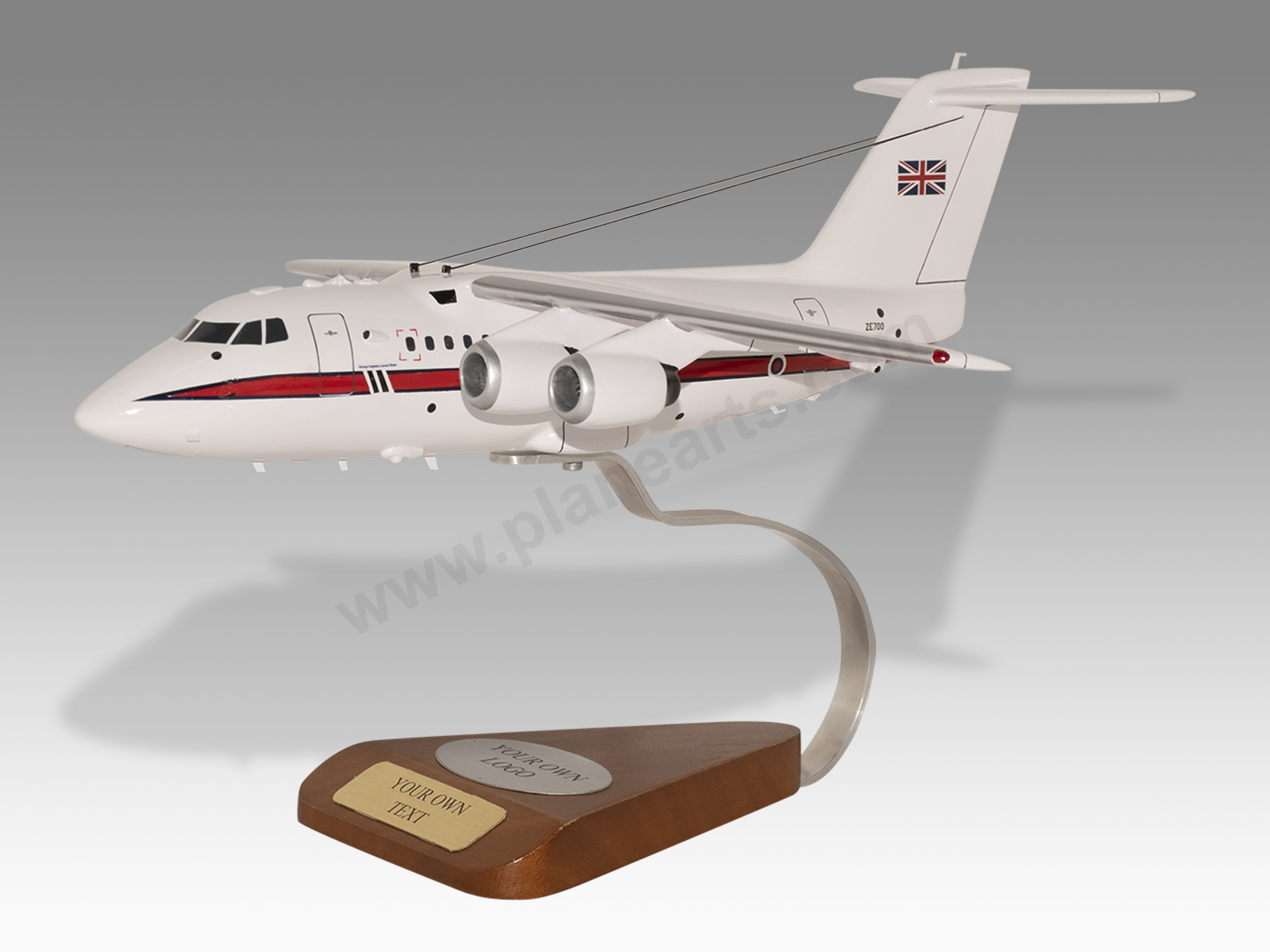
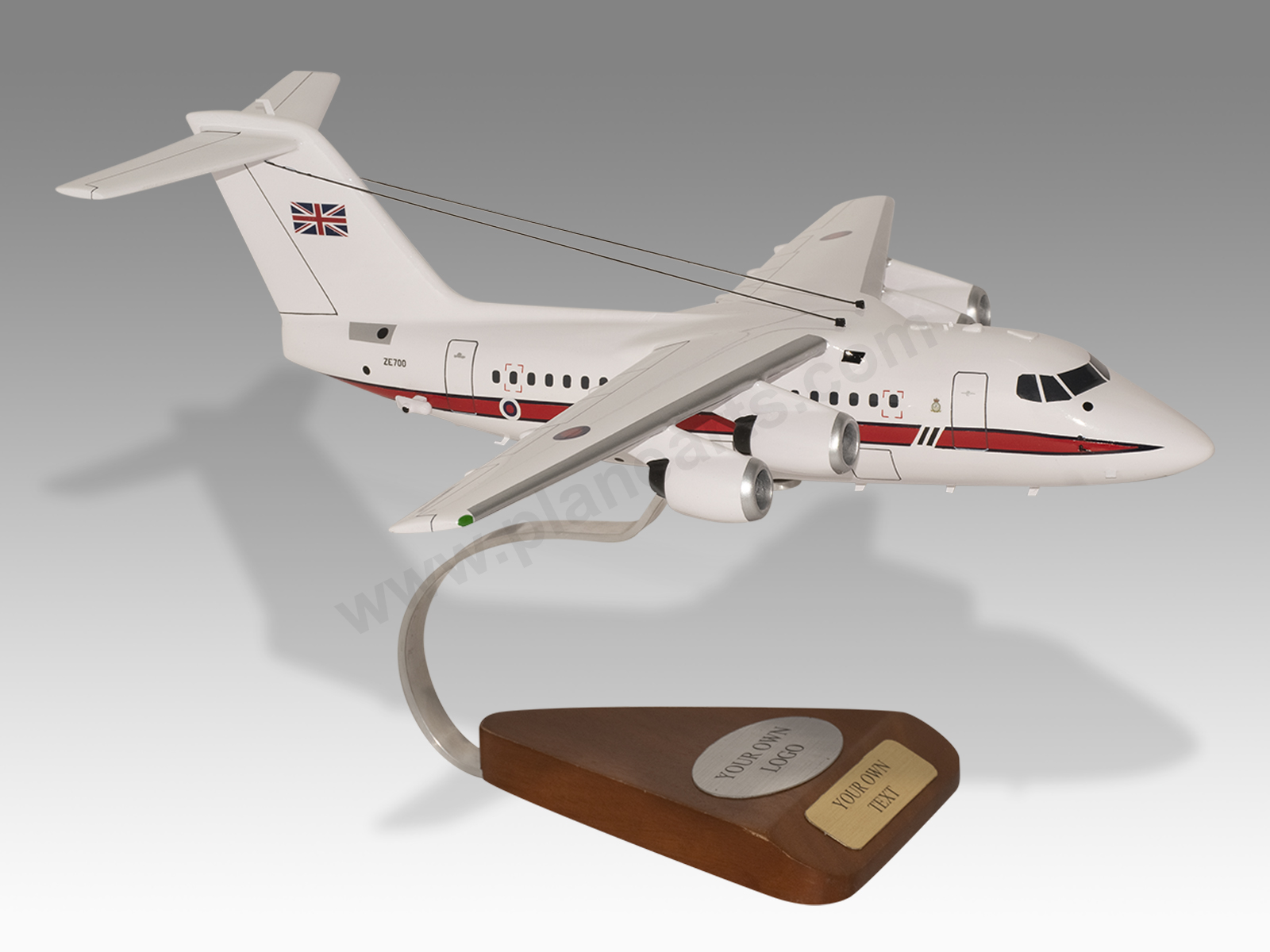
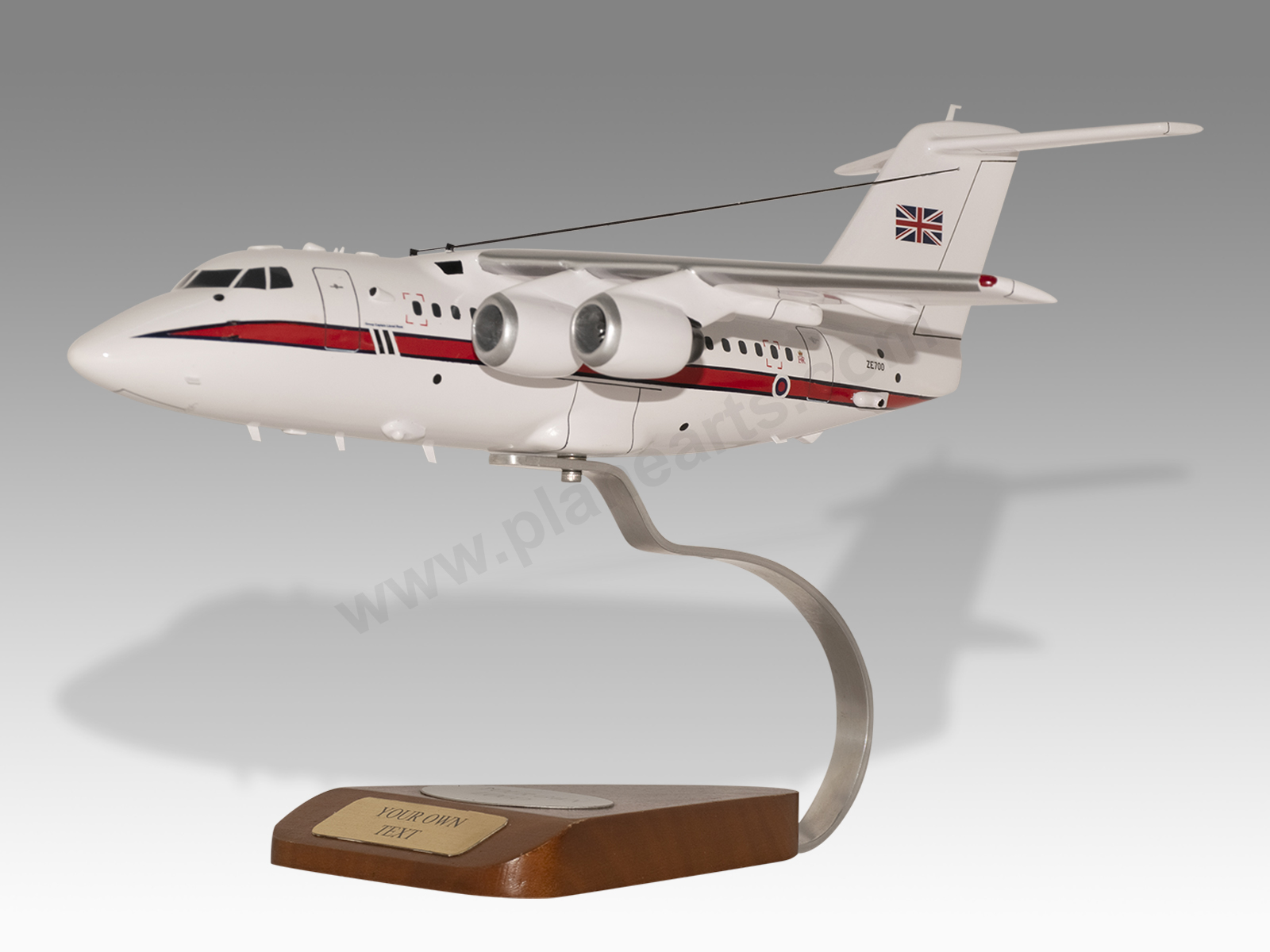
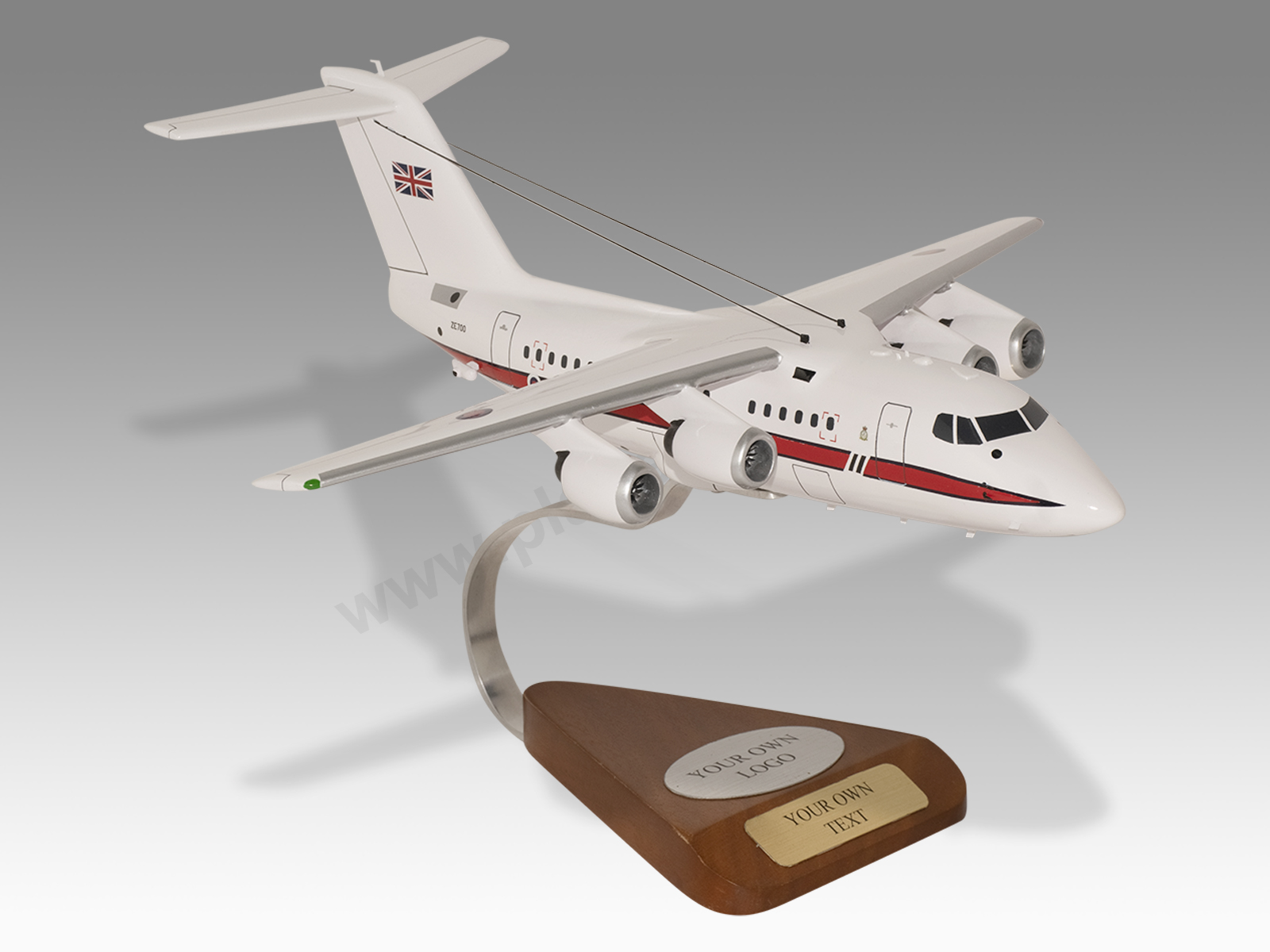
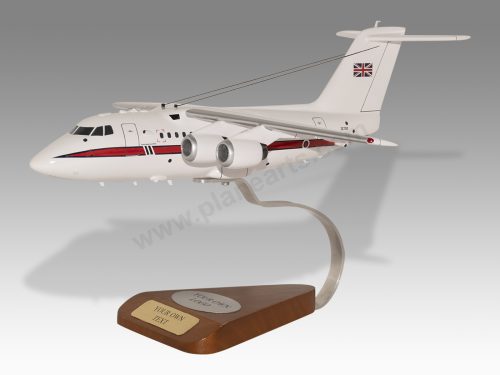
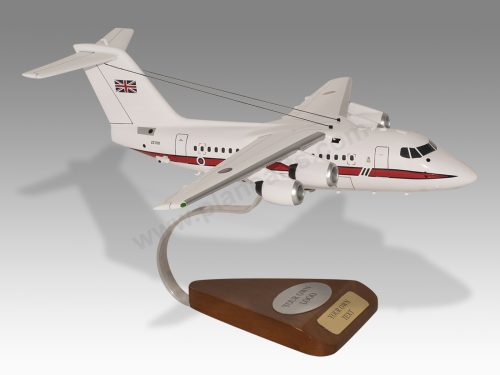
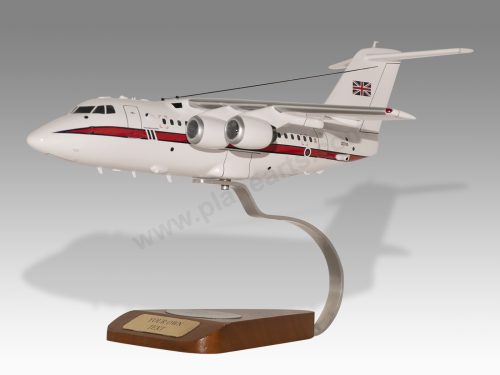

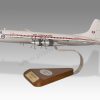
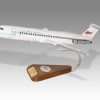
Reviews
There are no reviews yet.